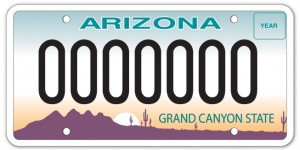Marcello Rojas, 43, the driver of a 2006 BMW was stopped for speeding June 9 ~ 10pm — this is unrelated to the crash. At that time he told police “he hit a guy on a bicycle”. According to police the victim, Billy Ray Thompson, was riding westbound on Broadway “perfectly legally” which i took to mean, but the story doesn’t elaborate, that he was properly lighted/reflectored. No dui is suspected.
News reports: AZ Rep, ABC15 #1, ABC15 #2
This is one of a chain of similar fatal hit-and-runs in Phoenix that occurred in summer of 2009.
The Case
Superior Court Docket, case number CR2009-138233. According to the minute entry on 2/9/2010 Rojas plead guilty to hit-and-run w/death and was sentenced to 7 weeks in county jail with credit for 52 days already served (which i take to mean, he’s done with jail already); and a year probation.
According to the minute entry that went over the plea deal; apparently by pleading he got 28-661 knocked down to a class 3 felony (leaving the scene of a fatality that was not his fault. Versus a class 2 if it was his fault). Then, for whatever reason, for the purposes of sentencing this is considered a “non dangerous” offense. Which I guess is why it comes with such a piddly sentence.




